Effect of Number of Blades
1. High-Solidity Wind Turbines:
- Description:
- Characteristics: Wind turbines with a large number of blades, known as high-solidity wind turbines, have highly solid swept areas.
- Interference: While in theory, having more blades might seem more efficient, high-solidity turbines can experience interference between the blades. This interference can lead to reduced overall efficiency.
2. Low-Solidity Wind Turbines:
- Description:
- Characteristics: Wind turbines with a small number of narrow blades are termed low-solidity wind turbines.
- Advantages: Low-solidity turbines may experience less interference between blades, potentially leading to higher overall efficiency.
3. Three-Bladed Rotors:
- Characteristics:
- Optimal Design: Three-bladed rotors are often considered a standard or optimal design for wind turbines.
- Efficiency: Three-bladed rotors tend to be more energy-efficient compared to designs with higher numbers of blades.
4. Efficiency Considerations:
- Interference Effects:
- High Solidity: Wind turbines with high solidity may experience more aerodynamic interference between blades, affecting efficiency.
- Low Solidity: Low-solidity turbines, with fewer blades, might experience less interference and potentially achieve higher efficiency.
- Rotor Dynamics:
- Three Blades: Three-bladed rotors are known for providing a good compromise between efficiency and rotor dynamics. They can achieve a balance in rotational stability and aerodynamic performance.
- Practical Considerations:
- Maintenance and Cost: While three-bladed rotors are often more efficient, practical considerations such as maintenance requirements and construction costs also play a role in the selection of the number of blades.
In summary, the number of blades on a wind turbine rotor is a crucial design consideration impacting efficiency. While high-solidity turbines with more blades may theoretically seem more efficient, practical challenges related to interference effects and maintenance have led to the popularity of three-bladed rotors, which are considered a good compromise in terms of efficiency and practicality. Advancements in technology continue to shape the design and performance of modern wind turbines.

